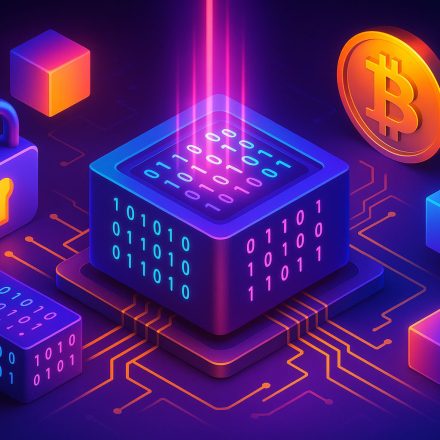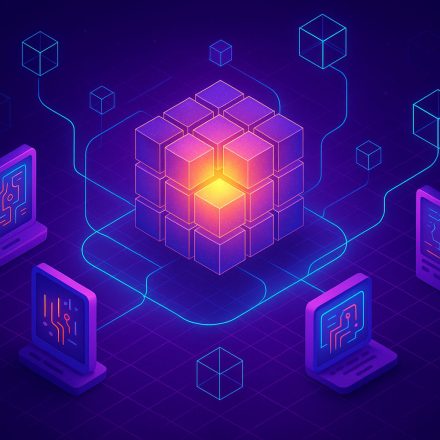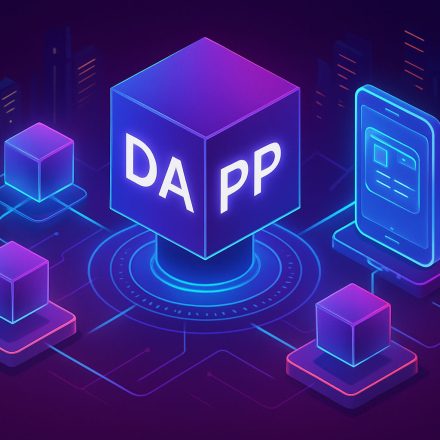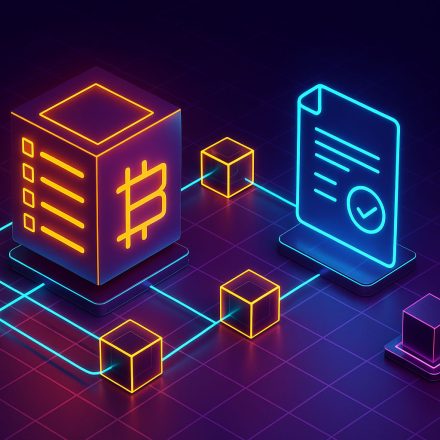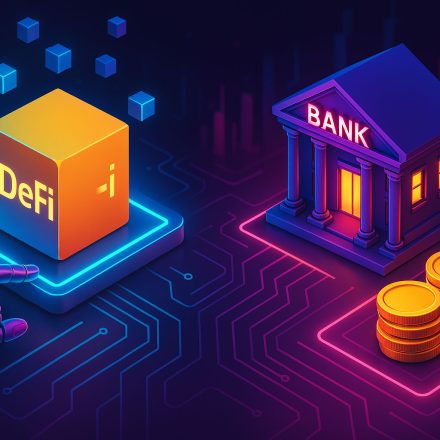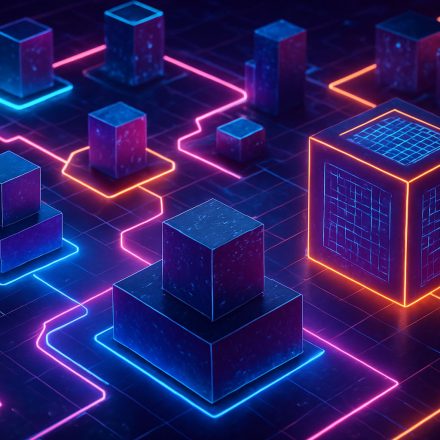
🧱 Understanding Blocks: The Building Units of Blockchain
What is a Block in Blockchain?
When people talk about blockchain, they often focus on cryptocurrencies like Bitcoin or Ethereum. But at the heart of every blockchain is something even more fundamental: blocks.
Table Of Content
- What is a Block in Blockchain?
- 🗂️ What Information Does a Block Contain?
- 1. Block Header
- 2. Transactions
- 3. Nonce
- 🔗 How Are Blocks Connected?
- 🛠️ How Are Blocks Created?
- Proof of Work (PoW)
- Proof of Stake (PoS)
- Other Mechanisms
- 🔒 Why Are Blocks So Important?
- Transparency
- Security
- Decentralization
- 🕒 How Long Does It Take to Add a Block?
- 🌐 Real-World Example of Blocks in Action
- 🪄 Benefits of Blocks in Blockchain
- 📝 Final Thoughts
- 🔗 Learn More
Blocks are the essential building units of a blockchain. Without blocks, there is no blockchain. Simply put, a blockchain is nothing more than a chain of blocks — all linked together in a secure and transparent way.
Each block contains important information that makes the blockchain work. Let’s explore what blocks really are, how they work, and why they are so important.
🗂️ What Information Does a Block Contain?
Every block in a blockchain stores a specific set of data. While the details can vary depending on the blockchain, most blocks include the following key elements:
1. Block Header
- Timestamp (when the block was created)
- Block Number (its position in the chain)
- Hash of the previous block (linking to the chain)
- The block’s own hash (its unique digital fingerprint)
2. Transactions
- A list of transactions recorded in this block
- These can include sending or receiving cryptocurrencies, smart contract executions, or other data
3. Nonce
- A random number used in the mining process to find a valid hash for the block
🔗 How Are Blocks Connected?
Blocks are connected to each other using cryptographic hashes. Each new block contains the hash of the previous block — this forms a secure link between blocks.
If anyone tries to alter the information inside a block, its hash changes. This breaks the connection with the next block, making tampering easily detectable and nearly impossible to pull off without controlling the entire network.
🛠️ How Are Blocks Created?
Block creation depends on the blockchain’s consensus mechanism. The most common methods include:
Proof of Work (PoW)
Used by Bitcoin. Miners compete to solve complex mathematical puzzles to create a new block.
Proof of Stake (PoS)
Used by Ethereum 2.0. Validators are chosen to create new blocks based on how many coins they hold and stake.
Other Mechanisms
Like Delegated Proof of Stake (DPoS), Proof of Authority (PoA), etc.
Learn more about consensus mechanisms here: Consensus Mechanisms Explained
🔒 Why Are Blocks So Important?
Blocks are essential because they provide:
Transparency
Every transaction stored in a block is visible to everyone.
Security
Once a block is added to the chain, altering it is nearly impossible.
Decentralization
No single entity controls the blocks; they are distributed across the network.
🕒 How Long Does It Take to Add a Block?
Block creation times vary across different blockchains:
| Blockchain | Block Time |
|---|---|
| Bitcoin | ~10 minutes |
| Ethereum (PoS) | ~12 seconds |
| Litecoin | ~2.5 minutes |
| Solana | ~400 milliseconds |
🌐 Real-World Example of Blocks in Action
Imagine a public library system:
- Each book = A block
- The library = The blockchain
- Every book has a record of who borrowed it, when it was borrowed, and its history.
If someone tried to tear out a page or change the borrowing history, the damage would be obvious because all the other books (blocks) have records connected to it.
This is exactly how blocks in blockchain prevent fraud and ensure trust.
🪄 Benefits of Blocks in Blockchain
- Immutable record of transactions
- Increased trust in digital systems
- Transparent and auditable history
- Strong security through cryptography
- Decentralized data storage
📝 Final Thoughts
Without blocks, blockchain wouldn’t exist. Blocks are more than just containers of data — they are the foundation of trust, transparency, and security in the world of cryptocurrencies and decentralized technology.
Understanding how blocks work gives you a deeper appreciation for blockchain technology and its revolutionary potential.
🔗 Learn More
Internal Link → Blockchain Basics
External Link → https://www.investopedia.com/terms/b/block-bitcoin-block.asp









